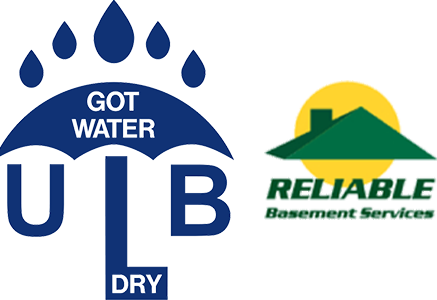The thought of seepage destroying the belongings in their basement has provided many a sleepiness night to some homeowners. Just as dreadful is the uncertainty of the mess and cost involved to repair the problem. Rest assured interior foundation crack repairs are not such a scary proposition.
Foundation wall cracks can be easily repaired utilizing a urethane or epoxy resin injection. More often than not the most difficult part of this process is providing direct access to the area in need of service. When the foundation walls are unfinished and the cracks are clearly visible it is just a simple case of preparing the crack. However when the basement is finished with drywall or paneling the repair gets a little more complicated but is not impossible by any means.
The process begins by locating the crack on the exterior. Noting the location by measuring of a familiar point that can be recognized from the interior such as a window or corner. Now the paneling or dry wall needs to be removed, in most cases it can be as little as 24 to 32 inches wide by the height of the crack
Once the crack is exposed the technique is fairly basic.
You start by opening up several injection points along the length of the crack. A port is secured in place over each of the openings and held in place with either a rapid set waterproof mortar or a two-part epoxy paste. Idealistically there should be no more than 10″ between port locations. While waiting for the inside surface patch to cure the opportunity is taken to ensure that an portion of the crack is exposed on the exterior is sealed. This is done to insure that the resin injected into the crack stays in place. Injection starts with the lower most port the resin gravity feeds down to the footer where it can travel no further and backs up and rises out of the port above. Injection continues in this manor until the resin is noted oozing from the crack at the top of the wall.
The premise is that the space once occupied by the crack is now filled solid with a resin. Thus the void has been eliminated and the wall bonded back together.
There are two basic types of resins used in crack injections.
First there is the epoxy resin which when cured to a solid state is statistically 3 time harder than concrete, The problem is it has little to no flexibility. So while it does provide a structural repair should there be a greater than normal amount of movement the wall may re-crack next to the epoxy. Because not all cracks are the same width most crack technicians have a number of different viscosities of resin on hand. A number of flexible epoxies are available but still have a limited amount of flex strength. Should a structural repair be called for but excessive movement anticipated a series of carbon fiber staples can be secured laterally across the face of the crack.
The second category is the flexible urethane resins. While this product in its uncured state is a liquid similar to that of epoxies when activated it has the same basic chemical reaction of great stuff foam. The advantages of this product is twofold. First because the urethane is a rapid swell quick cure resin it is ideal for wide cracks or those which may are leaking, at time of injection, with such intensity that an epoxy resin could be washed out before it has a chance to cure. The second advantage is the added flexibility when cured. Again this is ideal for cracks where greater than normal movement is anticipated. However it has no structural integrity. Also because this product swells upon contact with moisture you may not get full penetration through the crack if contaminates such as excessive dirt are in the void.
There are a number of companies that manufacture epoxy injection crack repair kits for the do it yourselfer beware. These kits come with only a set amount of one viscosity of resin. So unless you have the ideal crack you may need more than one kit.
Written by Walter Slowinski





